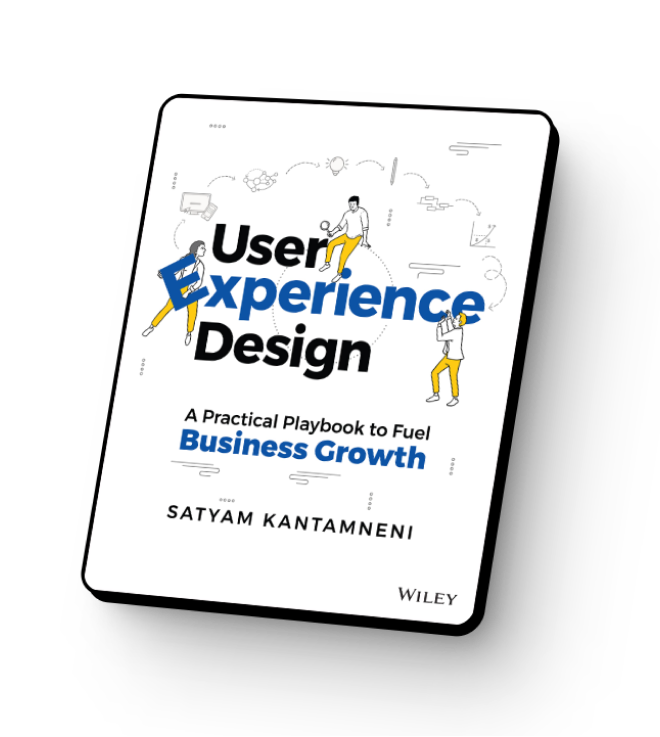Have you ever worked on a product for months, only to find yourself a mix of excited and anxious as its launch approaches? You’re not alone. I know, I have.
Interestingly, my sleep doesn’t suffer due to outcomes. For over a decade, my compensation has been tied to Key Performance Indicators (KPIs), not the effort I invest in it. But I do focus on the details of the effort because I know that a structured approach often leads to desired outcomes—most of the time.
So, when a new product launch or a significant feature release is on the horizon, my excitement is tinged with anxiety. That anxiety lessens if we’ve conducted at least three rounds of usability testing and I’ve been able to observe users interacting with the new product.
There are always questions that come up during any new product development or new feature launch.
The Solution to Mitigate Risk and Sleep Better: At Least Three Rounds of Usability Testing
Whether it’s a new product launch, major website update, redesign, or feature addition, these are significant calculated bets for any company. To mitigate risk, conduct at least three rounds of usability testing through the discovery, definition, design, and development phases.
The goal of usability testing is straightforward: observe users as they engage with the concept, the prototype, and then the fully developed product at different stages. Whether you opt for moderated or unmoderated task-based usability testing, this practice will reduce risk for you, your product, and your company. Trust me, you’ll sleep better—at least for a while.
Usability Testing Provides Insights On
- Areas of the design/product that are likely to succeed or fail
- Steps in the user journey that could create friction, usability issues
- Elements of the product that will delight users
- Metrics to evaluate product success post-launch
- Ways to enhance go-to-market strategies
When Should You Conduct These Three Rounds?
Every product or project is unique, but here’s a general guideline:
- Discovery and Product Definition Phase: To help better define the solution and concept
- Design Phase: To uncover most usability issues; it’s cheaper to iterate in Figma than in code
- Working Code Phase: To identify granular issues; tweaking code is less expensive than dealing with post-launch customer dissatisfaction
What’s the Recommended Cadence for User Feedback?
Aim for feedback every six weeks. A skilled UX Researcher can greatly reduce risk for Product Managers, Marketing teams, Executives, and the company as a whole.
But We Have a Deadline!
Sure, we all have deadlines.
However, qualitative usability testing no longer demands months. Even small, qualitative, unmoderated tests can be executed within days and at a fraction of the cost compared to a decade ago.
Those who know me, know that I love my sleep
Nothing puts me at ease more than observing end users interact with a product before its public release.
Usability Testing: Your Pre-Launch Parachute Gear Check
I am not a skydiver. But the analogy makes sense
Skydiving instructors have a popular rule for parachute gear checks called “checks of three”: check the 3 rings, the 3 straps, and the 3 handles. These checks then happen three times:
- Before putting on the equipment
- Before boarding the aircraft
- Before jumping
The analogy is apt—just as these checks are vital for a safe landing, usability testing is essential for a successful product ‘landing’ in the market.
–> Talk to us for Rapid Usability Testing services that offer Fast, Agile, and Actionable Insights. <–

Rapid Usability Testing One Pager (PDF)
Other articles:
- AI for UX: User Research Prompt Best Practices and Framework
- From guesswork to confident decisions. Rapid Usability Testing to answer key questions that product development teams have.
UXIgnite Podcast: https://uxreactor.com/podcast/ux-ignite/

